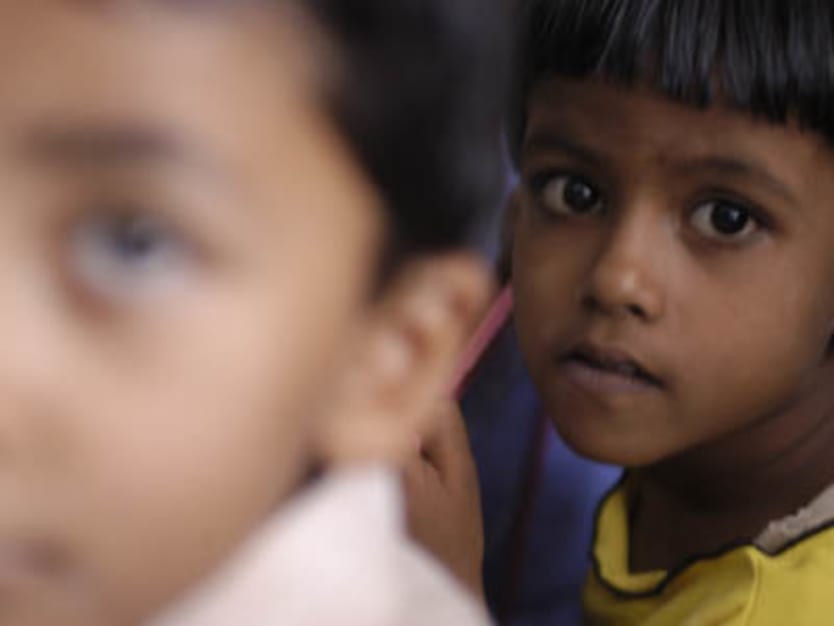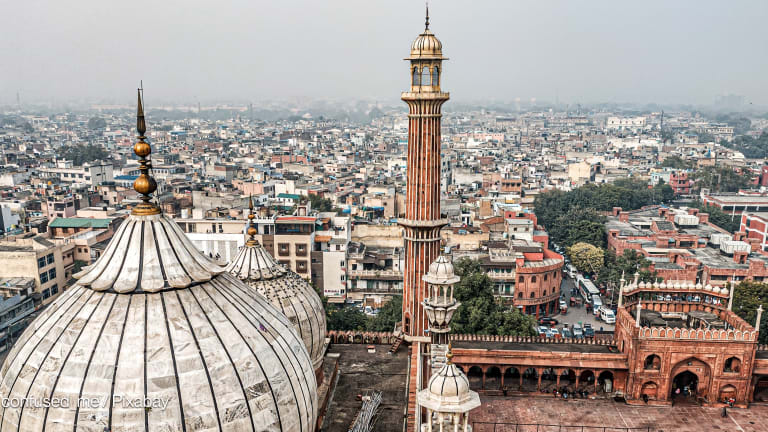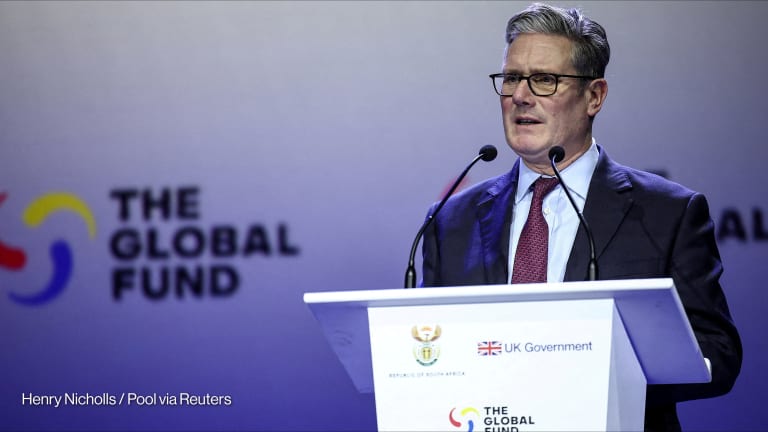
The Indian government plans to engage the private sector and aid community more as part of a strategic approach to reduce child mortality launched today at a national summit on child survival in Chennai.
The summit is a follow-up to the “Global Child Survival Call to Action: A Promise to Keep” gathering last June in Washington, as well as last month’s “Africa Leadership for Child Survival” meeting in Addis Ababa.
The goal is “to have the leadership of the health structure in the country on board,” Dr. Ariel Pablos-Mendez told Devex on Feb. 7, the first day of the three-day summit. Pablos-Mendez serves as assistant administrator for global health at the U.S. Agency for International Development, which co-sponsored all three child survival events
Ethiopia and India are among five priority countries for USAID’s child survival program last year, together with Nigeria, Pakistan and the Democratic Republic of Congo. This year, the largest bilateral donor has expanded that list to include Bangladesh, Indonesia, Liberia, Malawi, Mozambique and Senegal.
At last month’s gathering, 20 African countries came together around setting their own targets for child survival — a first.
This week’s Chennai summit will play host to high-level government officials as well as representatives of various U.N. institutions and aid agencies.
One priority of India’s newly launched road map, called “A Strategic Approach to Reproductive, Maternal, Newborn, Child and Adolescent Health (RMNCH+A) in India,” is to reach underserved areas and vulnerable populations, such as those living in urban slums and tribal areas. And one approach is to engage accredited private providers and nongovernmental organizations.
“RMNCH+A services can be brought in and contracted out to accredited private providers, organisations and NGOs,” the plan suggests. “Also, in future there will be focus on social franchising and accreditation of private providers to provide RMNCH+A services.”
Engaging the private sector is “going to be paramount in getting both resources, attention, new ideas in child survival,” Pablos-Mendez said.
Prior to the event, the government gave out an order to create a secretariat for a multistakeholder coalition that would oversee the implementation of RMNCH+A. Rajiv Tandon, Save the Children India’s senior health advisor, is the secretariat’s coordinator.
Last month, Save the Children completed a review of credible civil society and faith-based organizations in India’s eight poor-performing states and 264 high-burden districts, following a request by the Indian government. The “map” will be uploaded to the National Rural Health Mission’s website.
These organizations “would be the ones which would be credible and validated that the government could consider working with,” Tandon told Devex in an interview.
At the summit, civil society and faith-based organizations will pledge to drive advocacy for evidence-based interventions, reach marginalized groups, coordinate efforts and promote accountability through, among other things, conducting multistakeholder reviews to track resources and results. They will make the declaration on Saturday, the summit’s last day.
“The aid community is here to show solidarity with the Indian government who is now appearing to be committed to accelerate the progress of ensuring that there is going to be preventable child deaths,” Tandon said. “The aid community is only in a supportive or catalystic role. The government is in the driving seat. We are here to ensure that we are stakeholders in support of the government and we are going to be there to provide technical assistance and catalytic environment to ensure building up capacities wherever the government would so need.”
India wants to increase health spending 2.5 percent by 2017 as it aims to reduce infant mortality rates to 25 per 1,000 live births by 2017, one of the goals listed under its five-year national health plan. Achieving that target, though, may depend on political leadership as well as growth of the country’s gross domestic product, Pablos-Mendez suggested.
“We need to come up with additional resources for health and child survival,” he said.
India accounts for nearly 25 percent of global deaths of children under five. That’s why, Pablos-Mendez said, “success in India is paramount to see the global success and vision of ending global child deaths in this generation.”
Read more development aid news online, and subscribe to The Development Newswire to receive top international development headlines from the world’s leading donors, news sources and opinion leaders — emailed to you FREE every business day.








